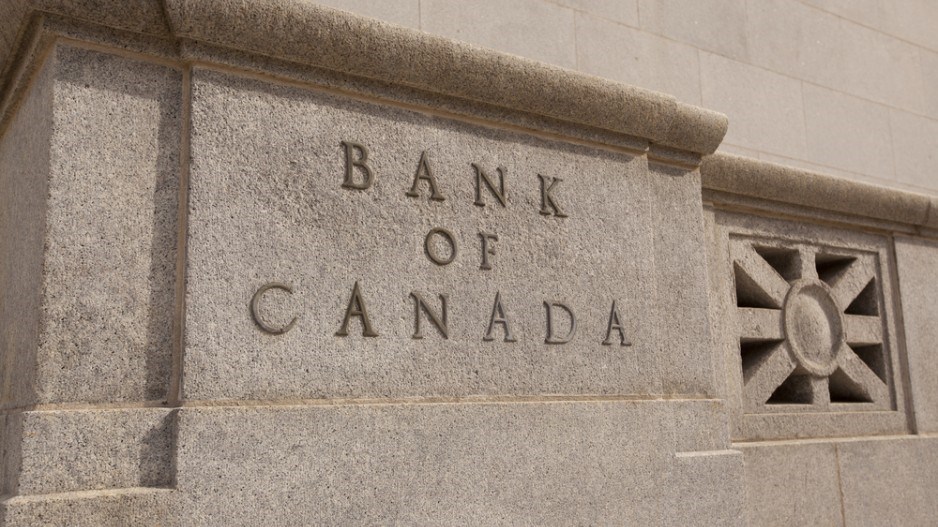Canada’s central bank is keeping the overnight rate at 0.5%, where it has been since July 2015, but has downgraded the country’s economic outlook through the end of 2017.
The Bank of Canada said it expects GDP to grow 1.1% in 2016 overall, down from its call of 1.3% in the July rate decision. Growth forecasts for the last half of 2016 alone were cut from 2.8% to 1.5%. In 2017, growth has been downgraded to 2.0% from the 2.2% previously forecast. Growth in 2018 is still forecast at 2.1%.
The downgrades were a result of slower near-term housing resale activity and lower export expectations.
“The federal government’s new measures to promote stability in Canada’s housing market are likely to restrain residential investment while dampening household vulnerabilities,” the Bank said in a news release.
“Recent export data are improving but are not strong enough to make up for ground lost during the first half of 2016, despite the effects of the Canadian dollar’s past depreciation.”
Declining global demand and “a composition of U.S. growth that appears less favourable to Canadian exports” are pushing export expectations downward.
Energy sector investments are bottoming out as the Canadian economy is adjusting to the slump in the price of oil, but non-resource sectors are seeing steady growth, with the services sector leading the way.
Household spending is increasing as employment and income in regions not dependent on the energy sector are solid.
Core inflation remains near the 2% rate target, with excess capacity offsetting exchange rate effects. CPI inflation is lower than previously forecast due to low gas, food and telecom prices.
BMO Financial Group chief economist Douglas Porter said the Bank has delivered a release that is a “whiter shade of dove.”
“The Bank has cut its GDP forecast heavily, slashed its core inflation outlook, sounds much more concerned about the medium-term prospects for exports, frets about domestic competitiveness, looks for a 0.3% slice in GDP from the housing measures and doesn’t see the output gap closing for almost two years,” Porter said in a note to investors.
“This is a Bank that has precisely zero appetite for rate hikes, and seems to be keeping a flame alive for the possibility of rate cuts should the need arise.”
Porter said the central bank is likely to maintain the rate through 2017, with the earliest change not taking place until 2018.
@EmmaHampelBIV




